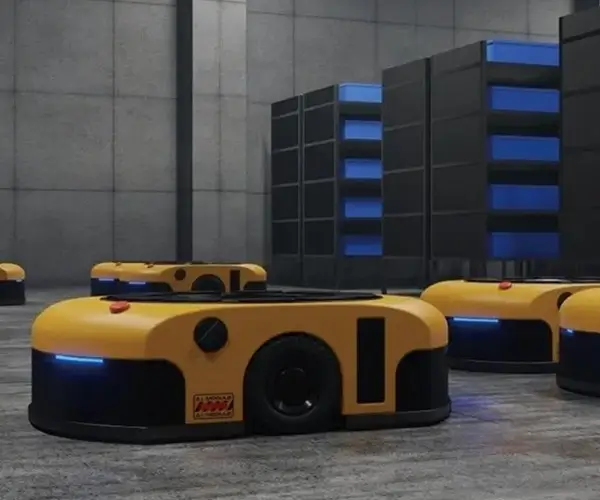Introduction: Why Use Arduino for Servo Motor Control?
In the realm of electronics and robotics, servo motors occupy a special place—powerful, versatile, and remarkably easy to integrate. They’re the backbone of robotic arms, RC vehicles, automated models, and countless DIY projects. When paired with an Arduino—an accessible and beginner-friendly microcontroller—servo motors become even more powerful as creative tools.

Imagine building a robotic arm that can pick up and place objects, or creating a pan-and-tilt camera system that responds to your commands. All of this hinges on understanding how to control servos with code. Luckily, Arduino makes this process straightforward.
What Is a Servo Motor?
A servo motor is a rotary actuator that allows precise control over angular position, velocity, and acceleration. Unlike simple DC motors, servos have an integrated control system, including a potentiometer for position feedback. This feedback mechanism enables the motor to accurately reach and maintain a specific angle.
A typical servo motor, such as the SG90 or MG90S, accepts pulse-width modulation (PWM) signals for control. By changing the width of these pulses, you instruct the servo to move to a particular position.
Key Components for Arduino Servo Control
Arduino Board: Uno, Mega, Nano, or any compatible variant. Servo Motor: Miniature models (e.g., SG90), standard-sized servos, or high-torque variants. Connecting Wires: To establish connections between Arduino and the servo. Power Source: Usually 5V, but some high-power servos may need external power.
Getting Started: Basic Wiring Setup
For most beginner projects, wiring is simple:
The servo has three wires: usually red (power), brown or black (ground), and yellow or white (signal). Connect the red wire to the Arduino 5V pin. Connect the ground wire to a GND pin on the Arduino. Connect the signal wire to a digital PWM output pin (like pin 9 or 10).
First Steps: Installing the Servo Library
Before diving into coding, ensure your Arduino IDE is ready:
Connect your Arduino to your computer. Open the Arduino IDE. Verify you have the Servo library available—this is included in the standard IDE, so no extra installation is needed.
Simple Code for Moving a Servo
Here's a snippet demonstrating basic control:
#include Servo myServo; void setup() { myServo.attach(9); // Attach servo to digital pin 9 } void loop() { myServo.write(0); // Move to 0 degrees delay(1000); myServo.write(90); // Move to 90 degrees delay(1000); myServo.write(180); // Move to 180 degrees delay(1000); }
This simple program cycles the servo through three positions every second, giving you a quick way to test your setup.
Understanding PWM and Servo Control
Pulse Width Modulation (PWM) is the fundamental technique behind servo control:
The signal is a series of digital pulses. The length of the pulse—the "pulse width"—determines the position. Typically, a pulse of 1ms to 2ms width corresponds to 0 to 180 degrees.
In the Arduino Servo library:
write() accepts degrees (0-180). Under the hood, it translates degrees into PWM signals matching the servo's requirements.
Calibration and Precision
Servos are generally rated for 180-degree rotation, but some can rotate more or less. Calibration involves:
Testing the physical limits of your servo. Adjusting code if your servo doesn’t reach expected positions. Using writeMicroseconds() for finer control over pulse duration, which can help if you need to fine-tune position.
Here's an example:
myServo.writeMicroseconds(1500); // Center position for many servos
Advanced Control: Continuous Rotation Servos
A different class of servos—continuous rotation models—accept PWM signals to control speed and direction, similar to a motor. Standard position commands (write()) won’t work here; instead, you send speed commands where:
1500 microseconds often means stop. Above that makes the servo turn in one direction. Below that makes it turn in the opposite direction.
Power Management
While small servos can be powered directly from the Arduino, larger servos require dedicated power supplies to avoid resetting the Arduino due to current draw. Ensure your power supply can handle the total current load, especially if you're controlling multiple servos.
Safety and Best Practices
Always disconnect servos when not in use to prevent overheating. Use external power supplies for multiple or high-power servos. Avoid sudden movements; warm-up time or gradual position changes extend servo life. Consider installing a capacitor across the power supply to buffer transient current spikes.
In Part 2, we'll explore more advanced coding techniques, synchronization of multiple servos, sensor-based control, and real-world project ideas that leverage Arduino and servo motors to turn your wildest concepts into reality. Stay tuned for detailed tutorials and pro tips to elevate your project game.
Leveraging innovations in modular drive technology, Kpower integrates high-performance motors, precision reducers, and multi-protocol control systems to provide efficient and customized smart drive system solutions.




































